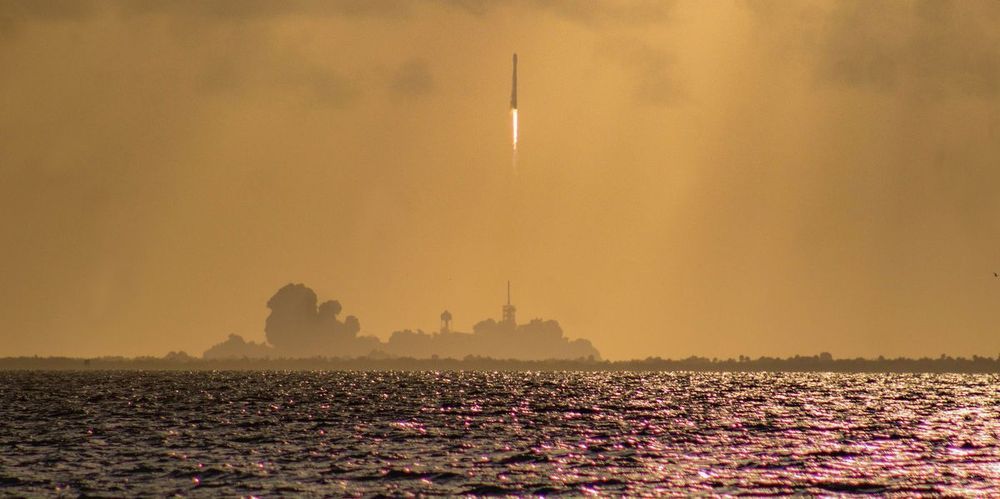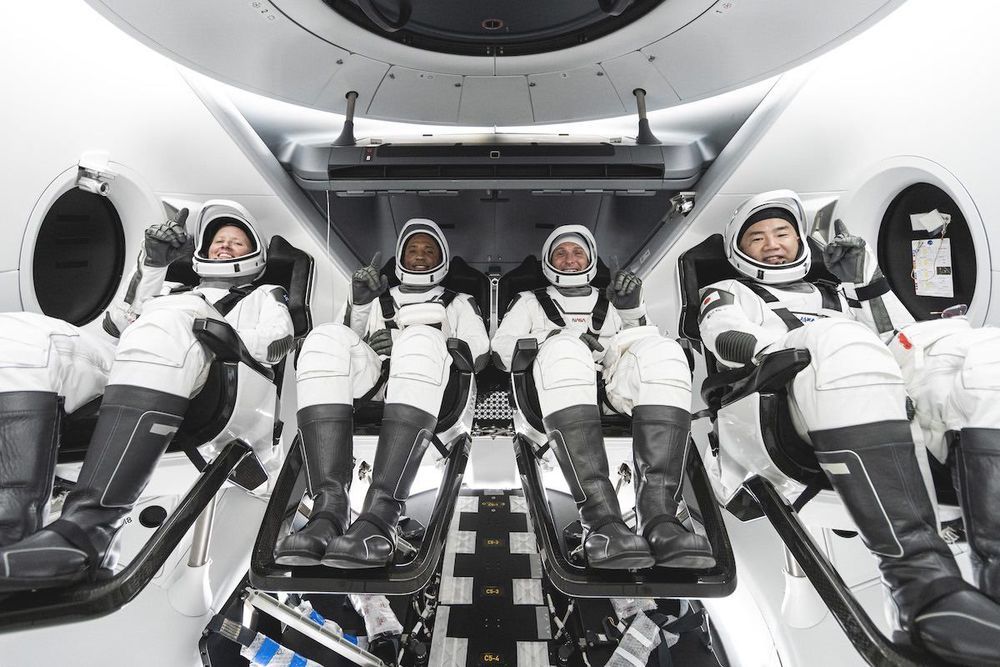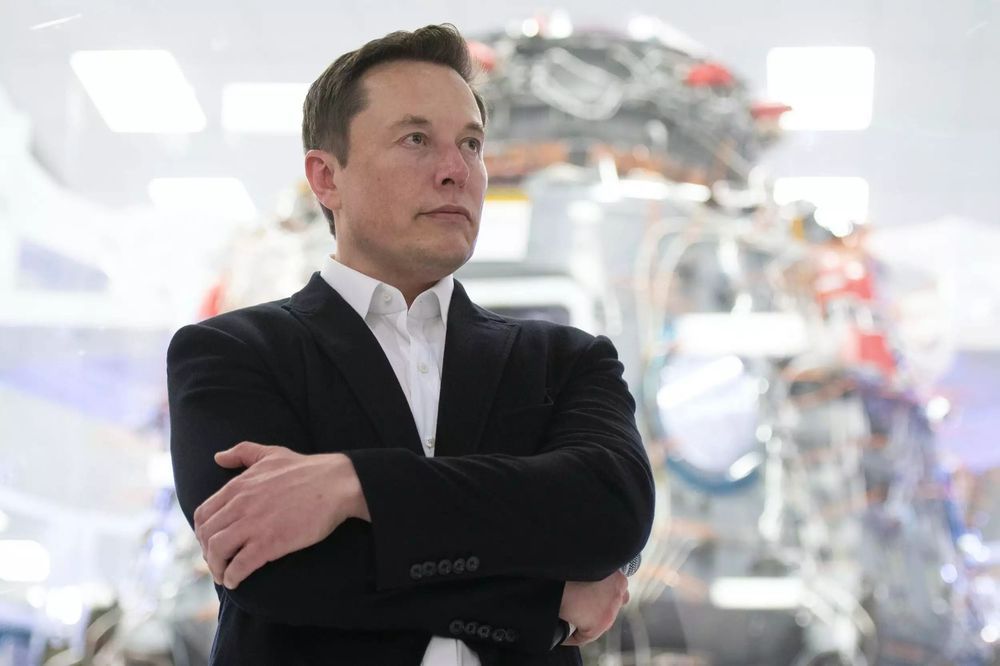The United States military has teamed up with Elon Musk and the company he heads, SpaceX. The goal of the tie-up is to build a rocket capable of delivering weapons anywhere on the globe in an hour. The benefits of quickly delivering weapons and other cargo anywhere on the planet very quickly are readily apparent.
The rocket would travel at 7500 miles per hour and would be able to carry 80 metric tons of cargo into orbit. The rocket could then land anywhere on the planet. The contract will see SpaceX begin by assessing costs and technical challenges for the project. Gen. Stephen Lyons, the head of US Transportation Command, said on Wednesday that initial tests are expected to begin in 2021.
What the military and SpaceX are trying to do is incredible. Using rockets to deliver massive payloads would allow the 7652 mile trip from Florida to Afghanistan could be completed within an hour. To compare, a C-17 Globemaster transport aircraft has a maximum speed of 590 mph and would require 15 hours to make the same journey.







